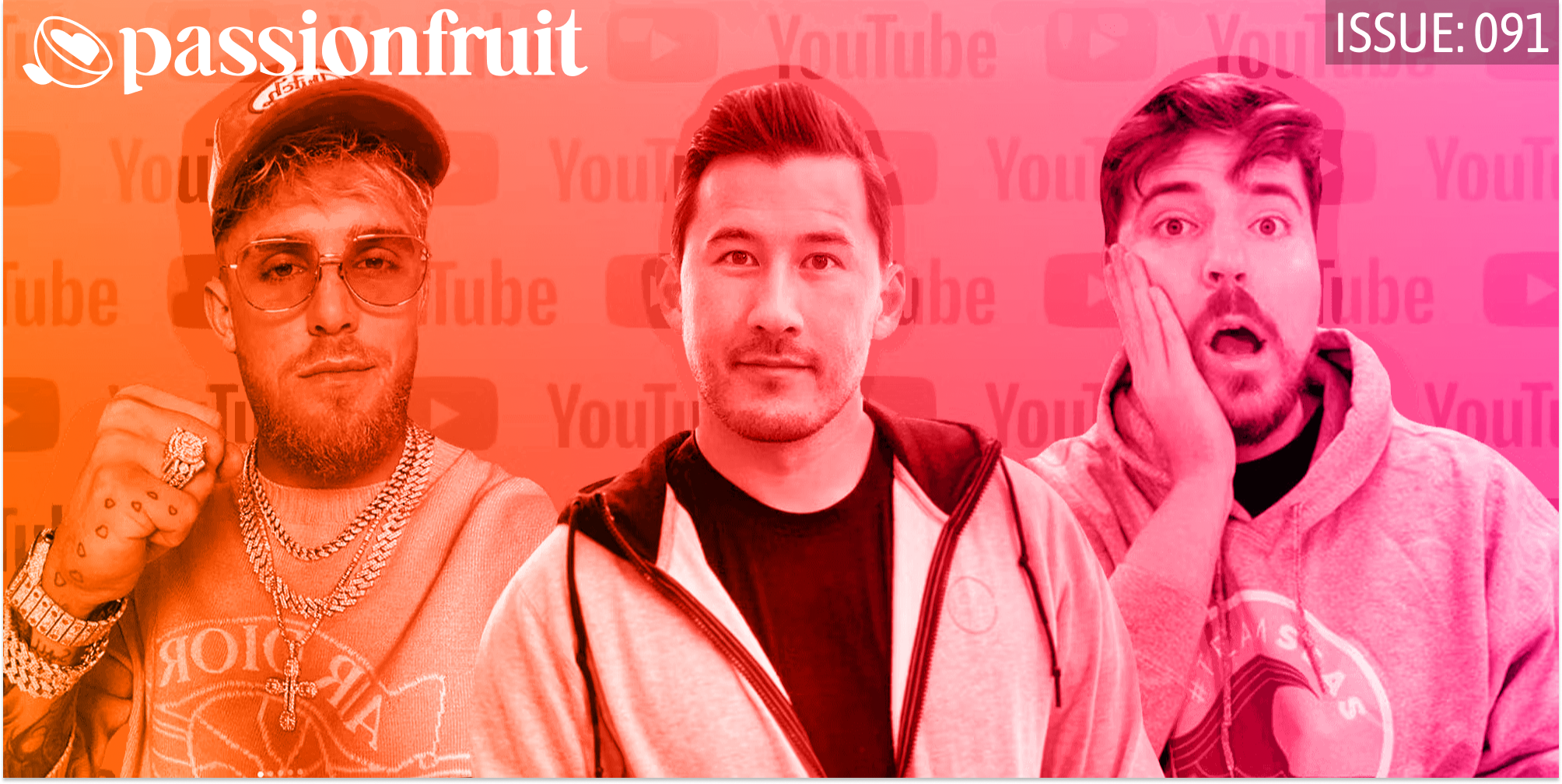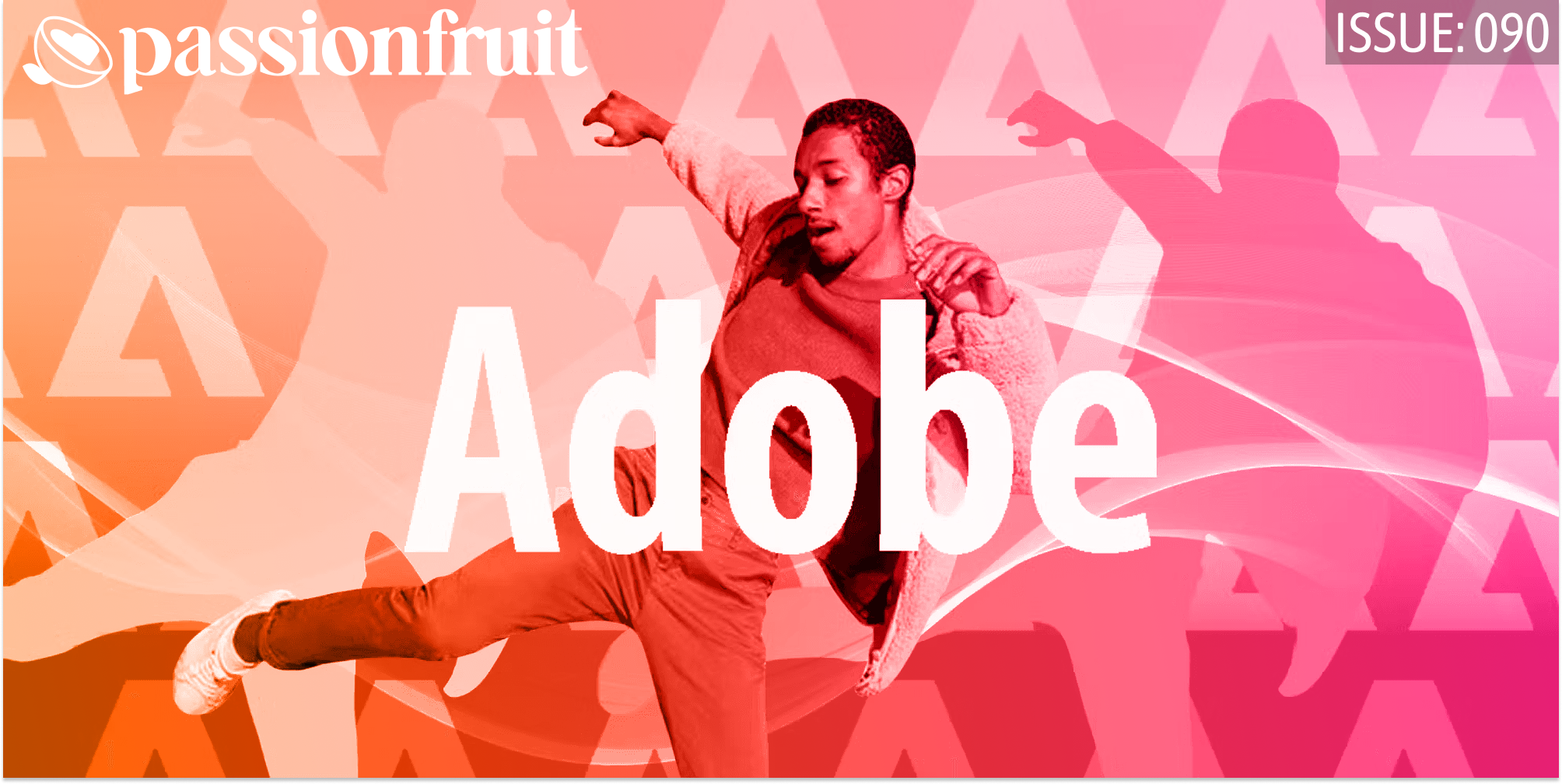CREATOR NEWSLETTER
Issue #155 | July 27, 2023
Words mean something. It’s important to define your terminology—especially now, during Hot Labor Summer, with SAG, the WGA, and several non-Hollywood-based unions on strike.
Unfortunately, in the case of SAG in particular, a lot of the terminology has gotten quite muddled, sometimes leading to conflicting responses. If you’re not an Influencer—that is, someone that meets the SAG standards of their Influencer program and gets their money from brand partnerships—it may be okay to continue your YouTube channel doing reactions or reviews. That falls under “fandom,” which is something done “for fun” in someone’s spare time.
We can already see the problem with this definition is, and the same question asked pretty much the same way could also elicit a stern lecture from SAG about how even non-union “content creators” are expected to not cross picket lines, warning that posting anything from a struck studios’ catalog could potentially hurt future SAG eligibility.
Speaking to The Verge, SAG spokesperson Duncan Crabtree-Ireland said Influencers were a self-defined group of online creators: “If you’re somebody who thinks of yourself—or is looking to present yourself—as an influencer or a content creator, who is putting out content that’s intended to promote these projects and draw general attention to them, that’s really where the line is drawn.”
THE COMMENTS SECTION
“Something to consider regarding the WGA and SAG-AFTRA strikes is that lots of content-creators on YouTube and possibly podcasts will be streamlining their content or stopping altogether in support, and to try to conform with the unions’ requests…This will impact how the algorithms prioritise their channels. That will hurt their presence and income for many.”
– Paul Anthony Shortt (@PAShortt) on the effect of SAG-AFTRA’s guidelines for content creators.
The Verge seems just as confused as we are, though: Their example of why online creators shouldn’t post any movie or tv-related content uses words to contextualize it as a moral issue, not an economic one. They give the example of “Quinta Brunson…(who) rose from posting comedy videos online and working for BuzzFeed to writing a hit sitcom in just a few years. Brunson is now on strike.” Which doesn’t really address the issue at hand: Would Quinta currently be on strike if she had remained making Buzzfeed videos?
It’s this implication, both in the first and second SAG response, that Influencer is a one-size-fits-all model, one that SAG understands to be a stepping stone to a ‘real’ job instead of the destination itself.
Yes, many performers hope to join SAG one day, but not for the work they’re currently doing reacting to shows or movies on a YouTube channel. In a way, we’re still playing into the model that reinforces SAG’s thinking on this: that reactions and reviews are side projects to do in our spare time, at best, an audition tape for real opportunities. That fundamentally misunderstands the economic reality of channels that don’t make their cash from studio deals but from fans and Patreons.
From this angle, a lot of content creators we’re talking about would be safe to continue covering struck work per the Verge’s explanation: “Reviews and coverage by news organizations aren’t the same as what an influencer might post—journalists don’t work for studios and producers and don’t accept payment for coverage.”
(To be clear, this is also how SAG defined the term in “Variety.”)
Well, there you go. If that’s the definition of what separates some content creators from influencers, let’s use that: If you don’t work for studios and producers and don’t get paid to cover specific works (I mean, reviewers for The Verge certainly aren’t working for charity, so we have to assume that’s what they mean), then you fall under the definition of journalist. This should apply even if you don’t work for a traditional, accredited outlet but in the field of YouTube analysis, criticism, or news.
– Drew Grant, Managing Editor
NOTED BY LON HARRIS
Try What in a Small Town, Exactly?: Jason Aldean Controversy Highlights the Pros and Cons of the Rise of Citizen Journalism
Everyday people are helping the media watchdog a country music star, for better or worse.
By Lon Harris, Passionfruit Contributor

SPONSORED
The dream rig for mobile filmmaking
Whether you want to mount gear to your phone, or your phone to your existing rigs, there’s no better attachment system than Moment’s MagSafe video and photo tripod mounts. Save an extra $10 on MagSafe creative gear with code #ilovemagsafe.
IN THE BIZ
- Leading the field with five nominations, popular YouTuber MrBeast dominates the 2023 Streamy Awards nominations, celebrating top internet content creators. The ceremony takes place on August 27th.
- YouTube is changing YouTube Studio to make it easier to access critical settings and information about your channel as part of its modernization efforts.
- Elon Musk plans to make a significant change to X, transitioning the app formerly known as Twitter exclusively to dark mode, so enjoy the light mode while you can!
PERSONALITIES
Everyone Wants a Slice: In Lawsuit Against Creator Anthony Fantano, Activision Test the Bounds of TikTok Remix Culture
TikToker Anthony Fantano asked for a six-figure sum to compensate him for the use of his viral ‘pizza slices’ meme in an Activision ad. Now, Activision is suing him.
By Franklin Graves, Passionfruit Contributor
TECH
YouTube, Snap, and Meta Earnings Highlight Winners and Losers of Creator Economy
Big Tech made a showy return this week in three key earnings calls. Here’s what you need to know.
By J. Clara Chan, Passionfruit Contributor
WHAT WE’RE WATCHING
- TikToker Clara (@thatclarafied) continues to make great videos to help keep people informed about the WGA and SAG-AFTRA strikes.
- Katie O’Shaughnessy, who was the guest on this week’s episode of the Reactorverse Podcast, broke down all the “Walking Dead” news from SDCC.
- Reactors Late to the Party are true to their name, having just watched Good Will Hunting for the first time.
- The CzechXicans podcast talk about pivoting the content on their reaction channel Heroes Reforged during the SAG-AFTRA strike.
YOUTUBE MADE ME DO IT
This (NSFW) reaction from #StruggleNation for the Invincible season 2 trailer has us hyped for the upcoming season.

Copyright © 2022 Passionfruit, All rights reserved.
You are receiving this email because you signed up to get the latest tips, tricks,
and trends in the creator economy from Passionfruit.
Have an idea for our next big story or want to get featured? Email us at tips@passionfru.it
Don’t want to hear from us anymore?
Click here to unsubscribe
To view in your browser click here






